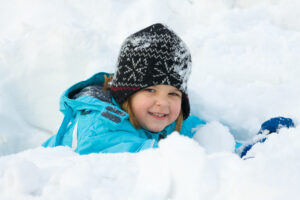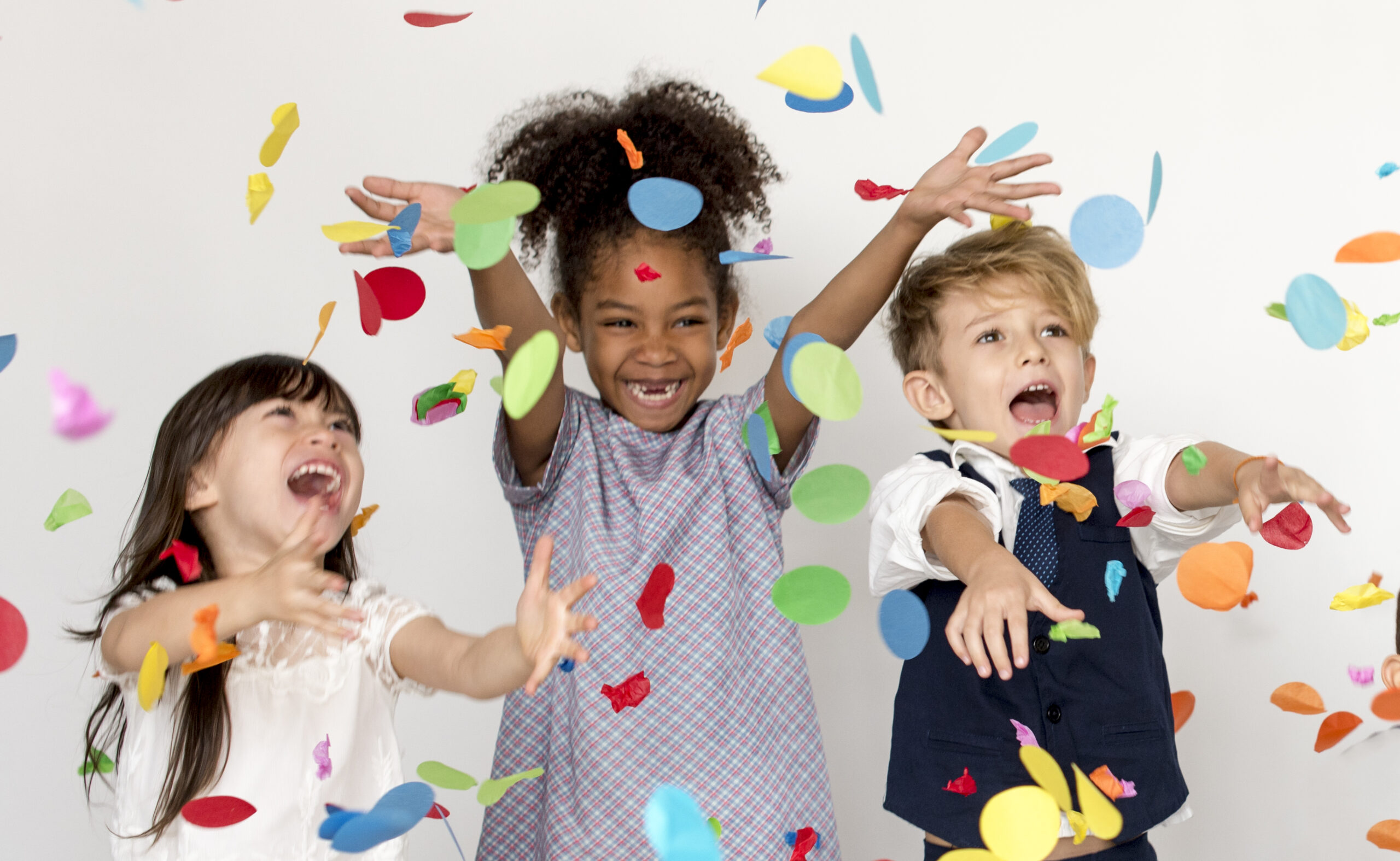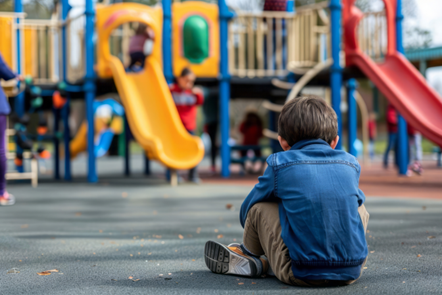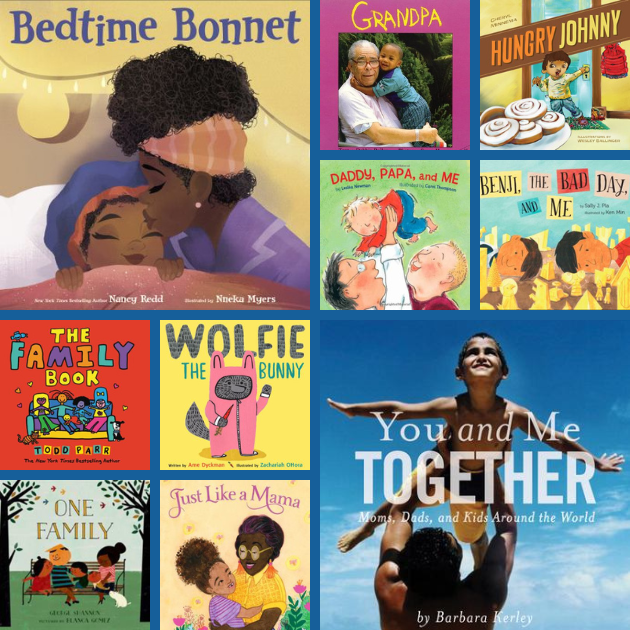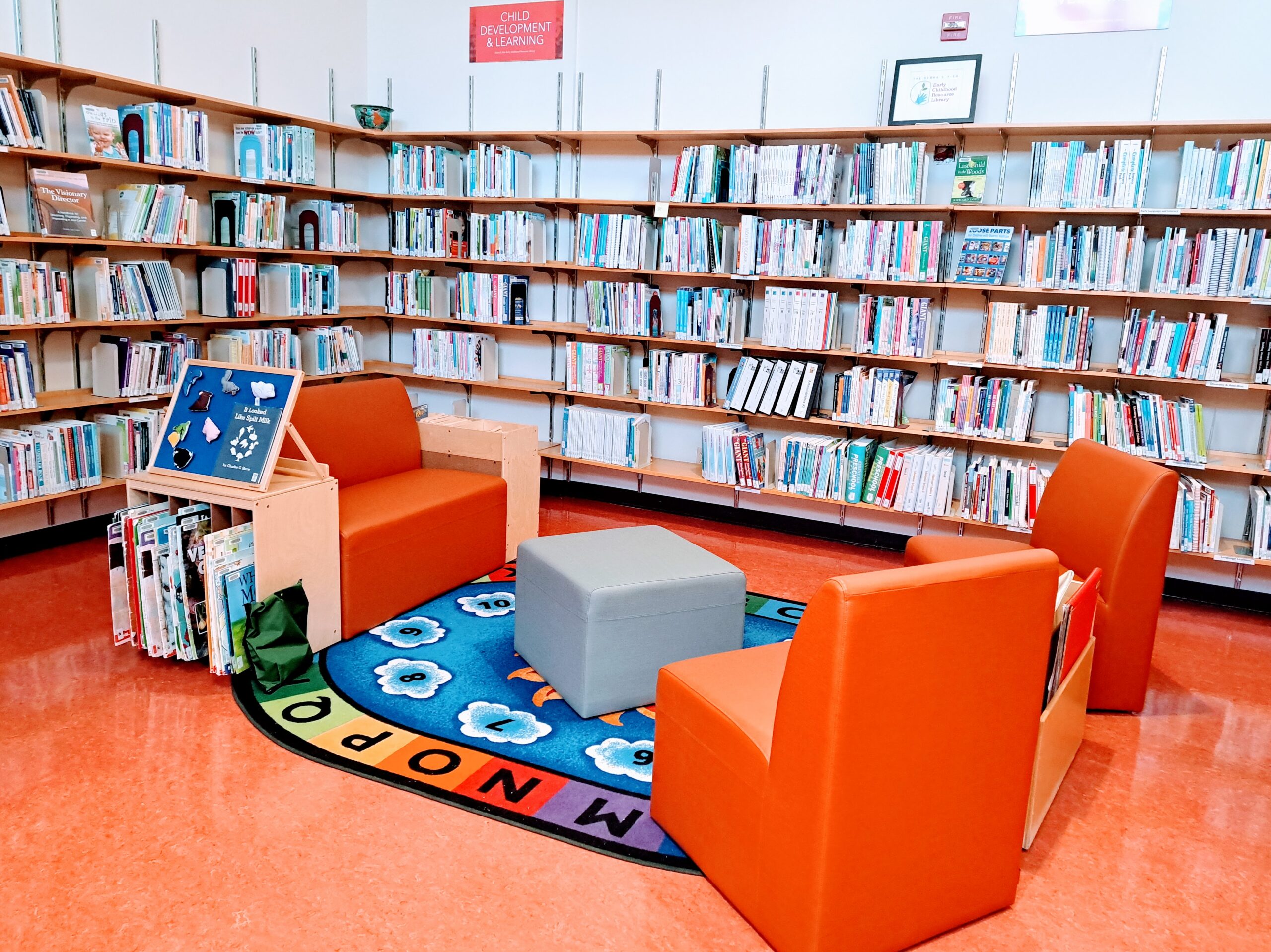This month marks one year since the start of the Think Small blog. To celebrate, we’re using January to highlight information and initiatives from Think Small and our partners about infants and toddlers and their caregivers in Minnesota. This post is part of our series on children 0-3.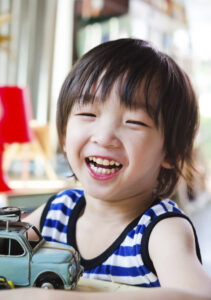 Long before they can talk, children are observing, experimenting, and figuring out their world. Each child moves at his or her own pace, but there are predictable, observable milestones across many developmental domains. Early childhood professionals can support healthy child development in their programs.The Minnesota Department of Education released revised Early Childhood Indicators of Progress (ECIPs), which are learning stands for children ages 0-5. The ECIPs align with Minnesota Kindergarten Standards. They are divided into eight learning domains:
Long before they can talk, children are observing, experimenting, and figuring out their world. Each child moves at his or her own pace, but there are predictable, observable milestones across many developmental domains. Early childhood professionals can support healthy child development in their programs.The Minnesota Department of Education released revised Early Childhood Indicators of Progress (ECIPs), which are learning stands for children ages 0-5. The ECIPs align with Minnesota Kindergarten Standards. They are divided into eight learning domains:
- Social and Emotional Development
- Approaches to Learning
- Language, Literacy and Communications
- The Arts
- Social Systems: Cognitive
- Physical and Movement Development
- Mathematics
- Scientific Thinking
Within each domain are specific components, subcomponents, and indicators. The ECIPs are not an all-inclusive resource or an assessment tool to determine if children need special services. They are a guide that early learning professionals can use to observe where children are in their development and help them move forward.Because this month’s blog focus is infants and toddlers, we took examples from the ECIPs of what to expect and encourage in children ages 0-3. This is a very small sampling of what is included in the indicators, but it illustrates some of the logical progressions as children build skills.Approaches to Learning Domain, Processing and Utilizing Information Component
- At 0-1 year: Recognizes their actions can cause a specific response
- At 1-2 years: Anticipates what will happen next
- At 2-3 years: Considers possibilities for why something happened
The Arts Domain, Using the Arts to Express Ideas and Emotions Component
- At 0-1 year: Imitates sounds, motions, and gestures
- At 1-2 years: Shows preference for familiar sounds, motions, and gestures
- At 2-3 years: Begins to duplicate artistic patterns
Physical and Movement Development Domain, Fine Motor Component
- At 0-1 year: Grasps small food objects using finger and thumb
- At 1-2 years: Grasps toys, objects to release into container
- At 2-3 years: Grasps a crayon to scribble

